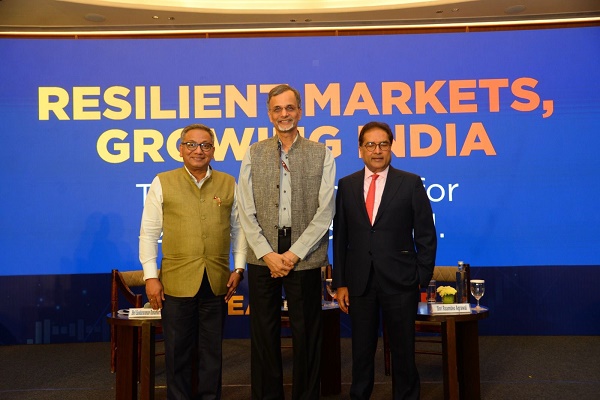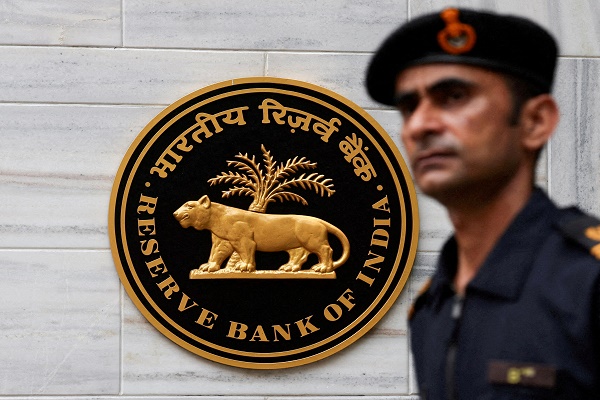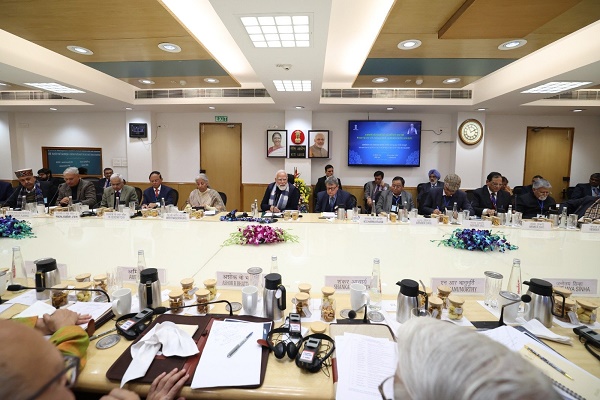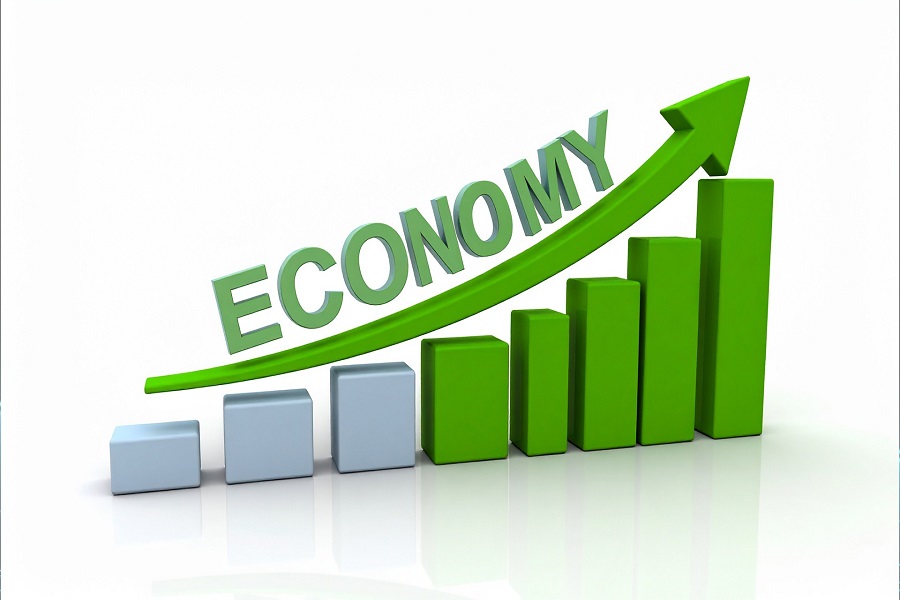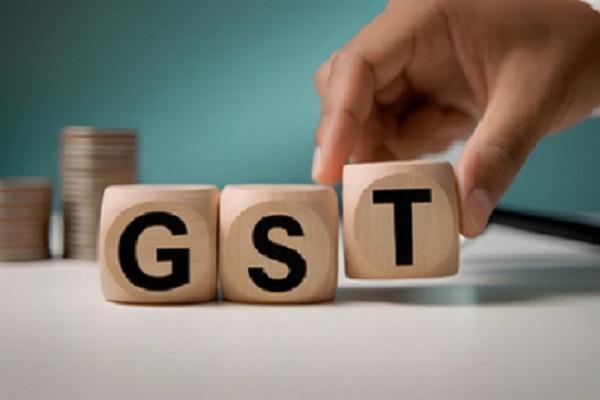Economy : March inflation moderates; global risks increasing
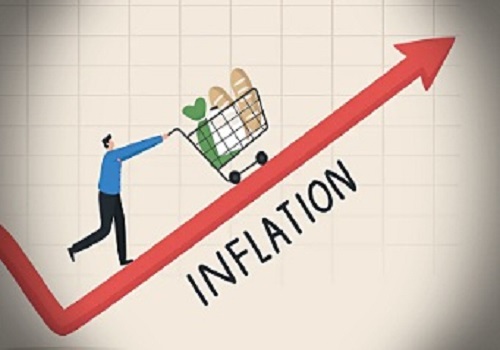
March inflation moderates; global risks increasing
March headline inflation, as expected, moderated to 4.9%, while core inflation moderated marginally to 3.3%. We continue to expect only a gradual moderation in headline inflation. In the near term, we see upside risks to our 1QFY25 estimate from adverse weather and increasing commodity prices. We maintain our (1) FY2025 average headline inflation estimate at 4.5% and (2) call for a 50 bps repo rate cut starting in 3QFY25.
Food and fuel inflation-led moderation in March
March CPI inflation at 4.9% moderated from February’s 5.1% (Kotak: 4.9%). Food inflation fell to 8.5% (8.7% in February). Sequentially, food inflation increased 0.2% (0.1% mom in February), led mainly by meat and fish, cereals, vegetables, and fruits (Exhibits 1-3). Durable inflation was marginally lower, while food and beverages inflation (excluding vegetables and fruits) increased to 5.2% (Exhibit 4). Fuel and light inflation contracted 3.2% ((-)2.6% mom) owing to LPG price cuts.
Core inflation continues on its downward trend
Core CPI inflation (CPI, excluding food and beverages, and fuel) moderated marginally to 3.3% (February: 3.4%). Sequentially, core CPI increased 0.2% (0.3% in February), led by personal care and effects (mainly gold and silver), and health (doctor’s fee and medicine). However, various measures of core inflation continued on their downtrend, which will provide comfort to the MPC (Exhibit 5). We estimate core inflation to average 4% in FY2025.
Favorable base effects aid IIP growth in February
IIP growth in February improved to 5.7% (January: 4.1%), led by a favorable base effect. Sequentially, IIP contracted 3.1% (January: 3.3 % mom). According to the sectoral classification, manufacturing activity increased 5% (January: 3.6%), mining increased 8% (5.9%) and electricity production increased 7.5% (5.6%) (Exhibit 6). According to the use-based classification, all categories registered positive growths, except for consumer non-durables (Exhibit 7).
Maintain view of 50 bps repo rate cut from 3QFY25; global risks could delay easing
We expect headline inflation in the coming months to remain at sub-5% levels (barring the summer months). However, in the near term we see upside risks to our 1QFY25 average inflation of 5% from (1) the high temperatures causing volatile food inflation, (2) geopolitical risks and ongoing OPEC+ supply cuts pushing up crude oil prices and (3) higher non-energy commodity prices. These risks could continue to pose a challenge to the last mile disinflation, as noted by the RBI Governor as well. Overall, we do not see inflation settling durably around the 4% target before FY2026 (FY2025 and FY2026 average headline inflation is expected at 4.5% and 4.2%, respectively) (Exhibit 8). While we maintain our call for a 50 bps rate cut starting in 3QFY25, we note increasing risks of further delays to the RBI’s rate cuts from (1) rising crude oil prices, (2) a further push-back to the timing of the US Fed’s rate easing cycle and (3) volatile food inflation.
Headline inflation moderated to 4.9% in March
Exhibit 1: Trend in momentum, base effect and monthly change in CPI inflation (%)

Food and beverages contribution to headline inflation remained steady in March
Exhibit 1: Contribution to CPI inflation by major segments (%


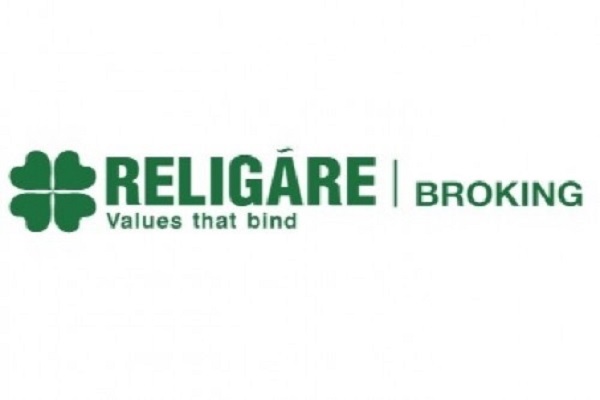

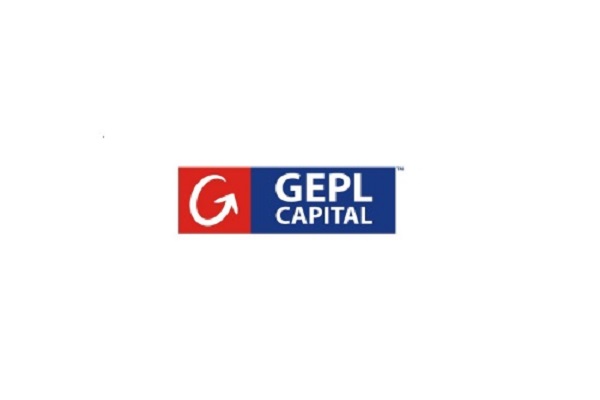
.jpg)
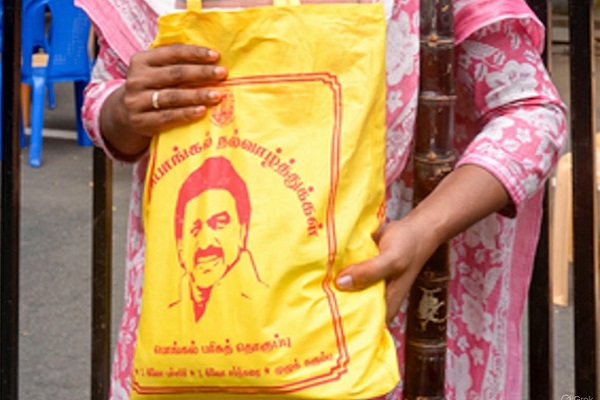
_Securities_(600x400).jpg)
.jpg)
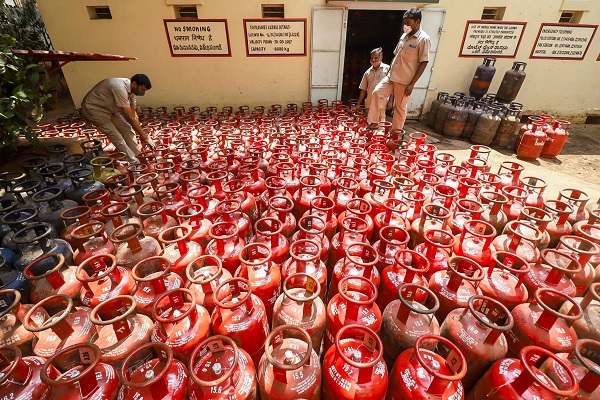
.jpg)





